75 years ago, Christian Dior presented his Medallion Chair, creating a chair on which Dior’s success rests today. Now 17 designers have reinterpreted the timeless chair. A showpiece in a class of its own.
The label was only a year old when grand master Christian Dior decided that there was a lack of stylish seating furniture! So he created one. The result first graced all the boutiques of the Maison Dior. Soon the chair was on the catwalks at his fashion shows and soon just about anywhere you wanted to be stylish. We’re talking about the legendary Medallion Chair, which celebrates its 75th birthday in 2022. And in truth marks much more than one of the many masterpieces from the house of Diors.
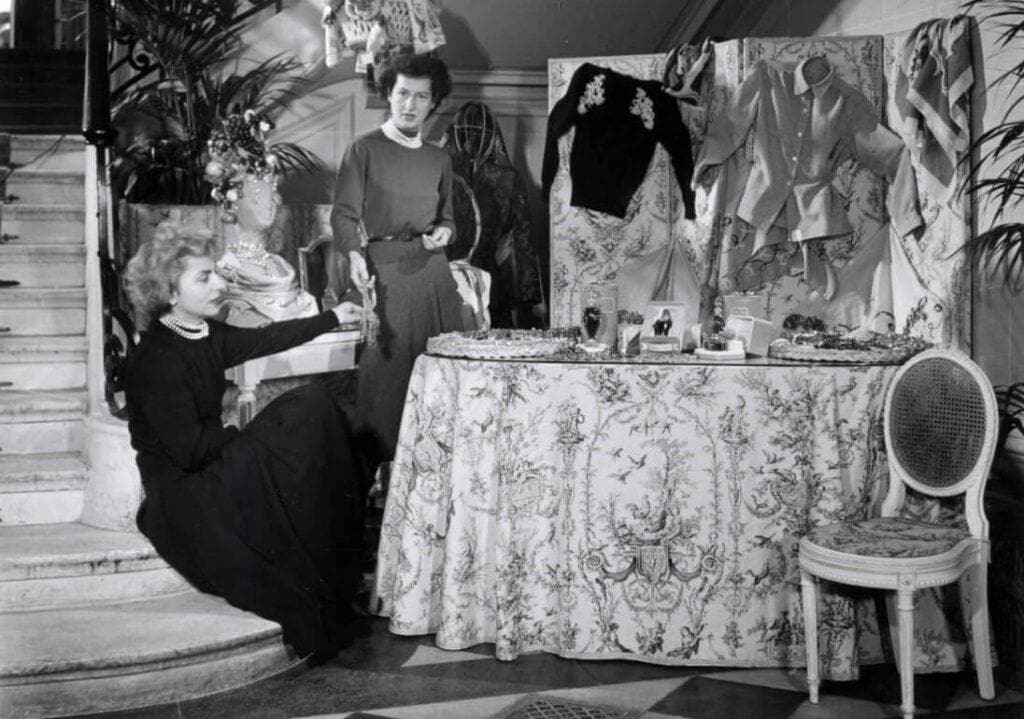
Medallion Chair
The Medallion Chair, on the contrary, probably reflects Christian Dior’s sense of form more intensely than all his other creations. Not least because of this, the medallion, i.e. the oval of the chair back, became the iconic emblem for the brand. Away from the simple lettering logo, this shape is recognized today as “typically Dior“. It still adorns the packaging and brand identity of the house of Dior.
An excerpt from his memoirs testifies to how important the chair was to the master himself. In it, Christian Dior describes the oval, streamlined seating object as “the perfect choice for receiving guests in an incomparable setting,” which he himself described as “extremely simple, classic and extraordinarily Parisian.“
Reinterpretation of the classic
Now Dior proves courage. Because it is precisely this special chair, on which the heart of the Dior brand sits, so to speak, that has been restaged. Quite specifically, artists and designers from all over the world were invited to reinterpret the Medallion Chair. They were to reimagine the iconic “Chaise Medallion” with boundless creativity and a great deal of respect for its history.
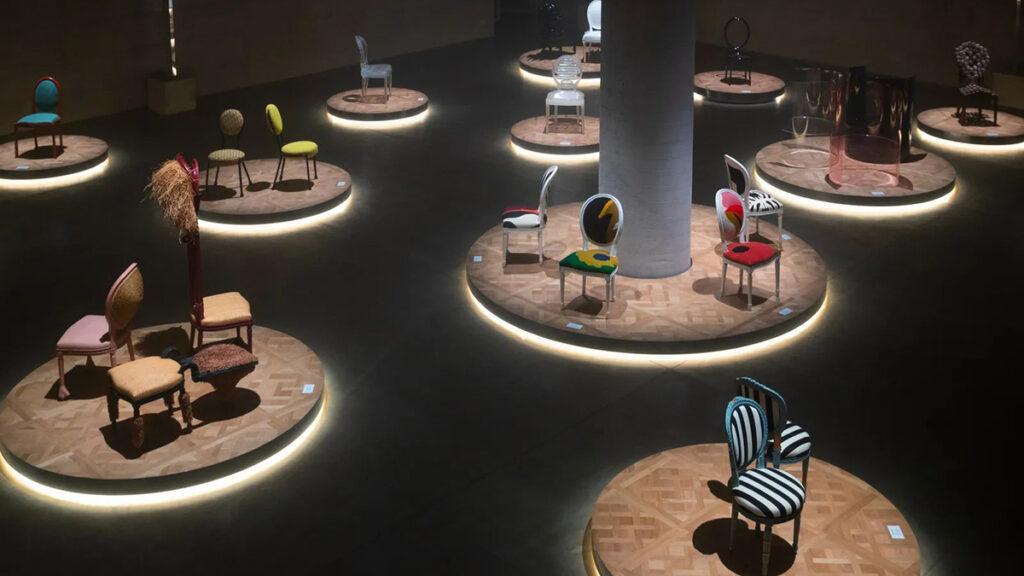
India Mahdavi
Paris-based, Tehran-born architect and interior designer India Mahdavi emphasized frenchness by making the oval shape a bit more angular and upholstering the chair with her distinctive, colorful crochet patterns. Together, it creates a kaleidoscopic effect.
“It is a symbolic piece of the House of Dior and at the same time also a part of French classicism.”
– India Mahdavi
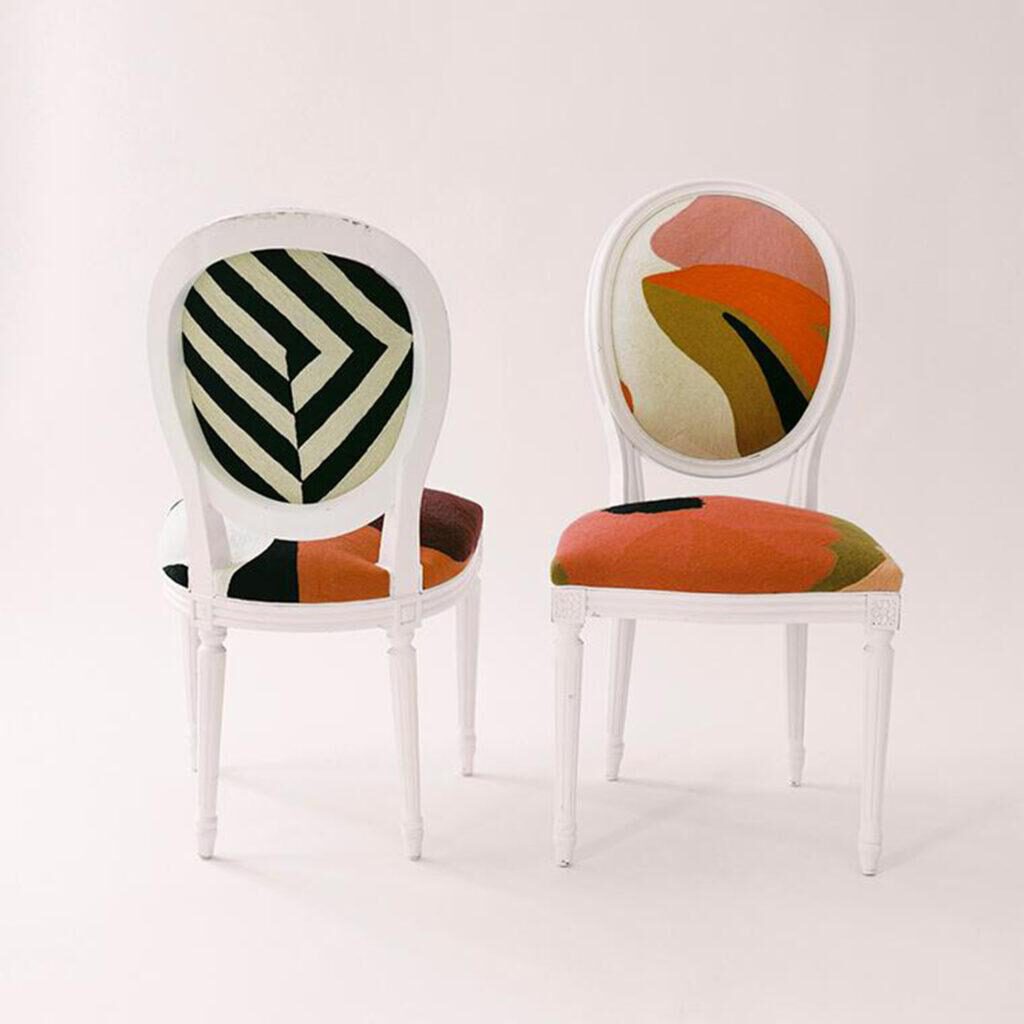
Martino Gamper
London-based Italian designer Martino Gamper sees the Medallion Chair as a kind of archetype of the French chair. To better understand it, he first disassembled the iconic chair and then reassembled it by hand. In this way, he figured out how to simplify the design without losing its elegance and timelessness. “To develop a contemporary version, I simply removed some layers of the original construction,” the designer explains.
Jinyeong Yeon
The approach of South Korean designer Jinyeong Yeon can be described as strange. In the period when he developed his chair variant of aluminum and sheet metal, he wore only sneakers always by Kim Jones (the art director of Dior Men). In any case, he seems to have enjoyed the work. Because he records, “I admire the appearance of the Medallion Chair, which can be elegant, sexy, even stubborn at the same time.”
Pierre Yovanovitch
Known for his captivating projects that fuse art, design and sensuality, the French interior designer transformed the emblematic medallion chair into what he calls “a rebellious and contemporary” work for Dior. Looks then like this.
Pierre Charpin
In his designs, the artist always seeks simplicity to find sophistication in it. This is exactly how he approached the design of his personal Medallion Chair. And the result impressively reflects his style.
Sam Baron
Sam Baron’s reinterpretation of the medallion chair is an ode to the art and joie de vivre that Christian Dior loved so much, and shines in modern splendor at the crossroads of culture, writes Dior himself. In any case, the French designer managed to inject a surprising playfulness into his designs.
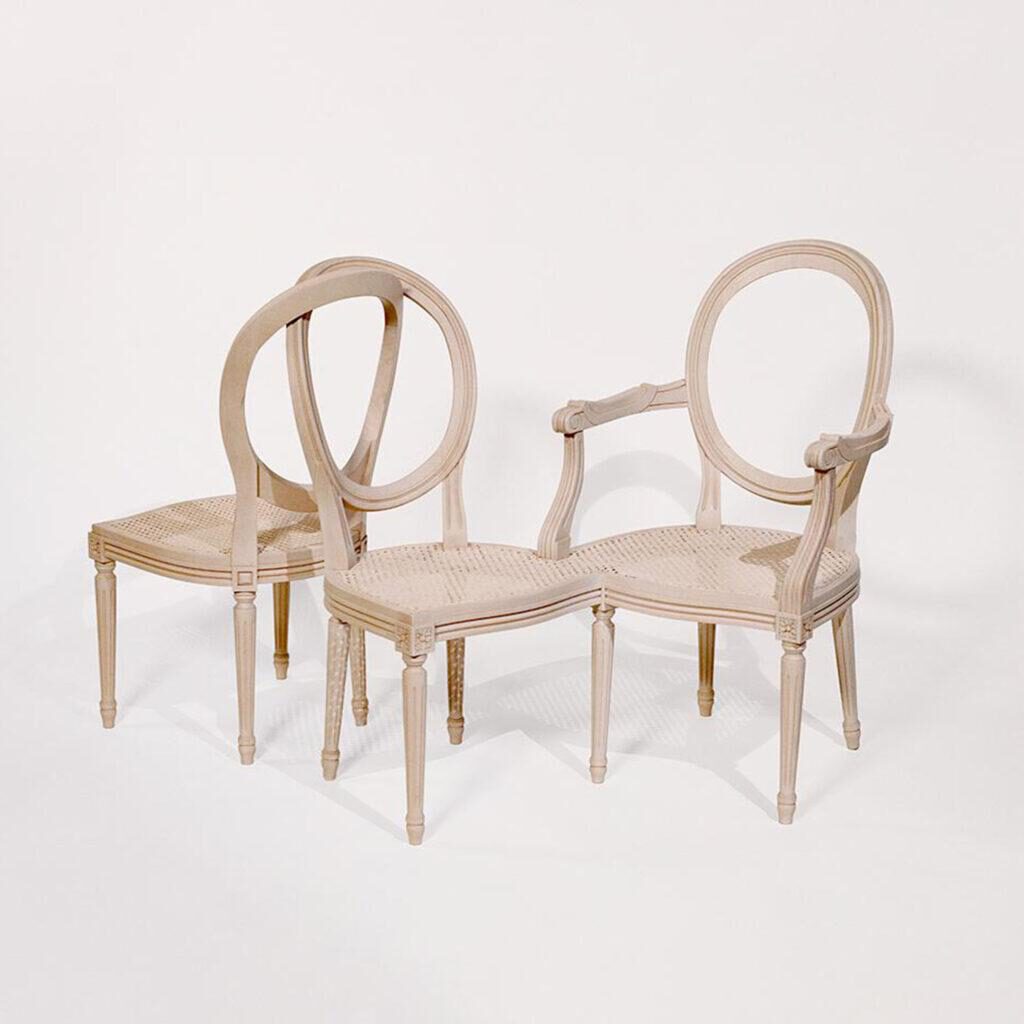
Ma Yansong
“Traveling through time, the chair is captured in motion,”is how Ma Yansong understands the famous Dior chair. Reshaped from monochrome polyurethane with 3D print, the work reflects Ma’s artistic and architectural ethos, uniting nature and structure to generate an emotional connection, they say.
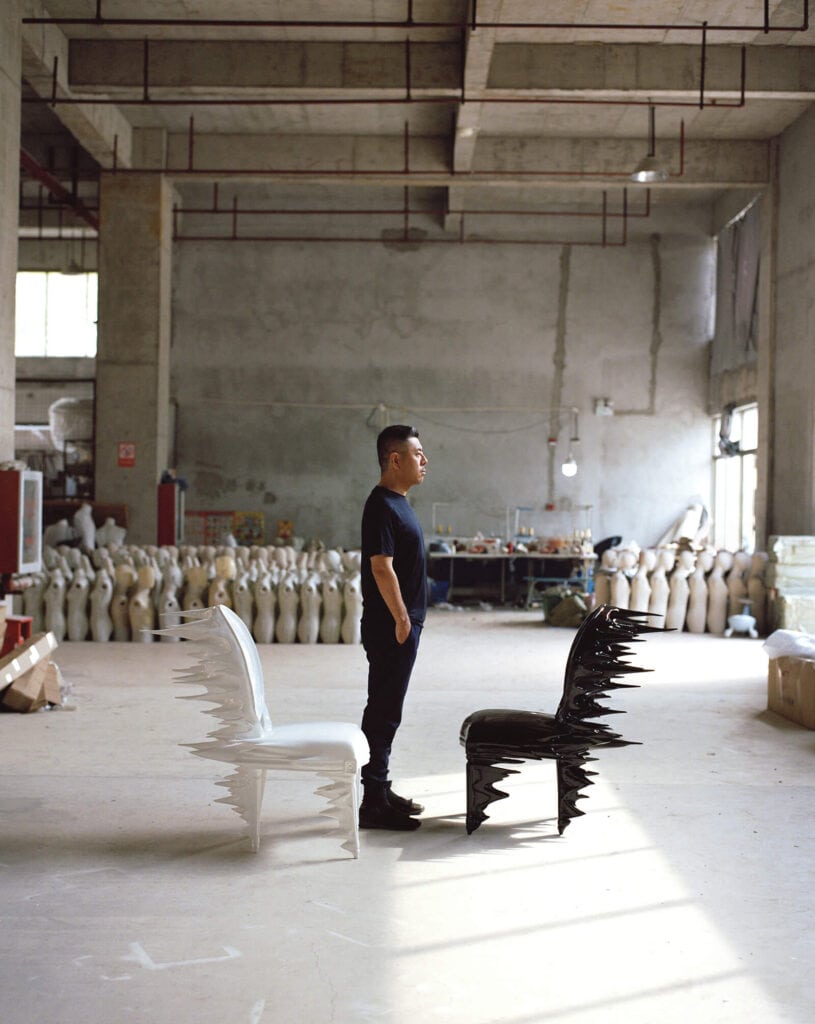
How does this fit with Dior’s philiosophy?
In fact, at first glance it seems very unusual for a superbrand like Dior to let others get to its heart of the matter, allowing even daring works. But in fact, this approach is entirely in line with the basic concept of Christian Dior himself. After all, he always liked to emphasize that history should be preserved, but by no means frozen.
All 17 interpretations and their associated artists are presented in an excerpt from Dior:

Text: Johannes Stühlinger
Photos: Rory Gardiner, Ludwig Godefroy Architecture

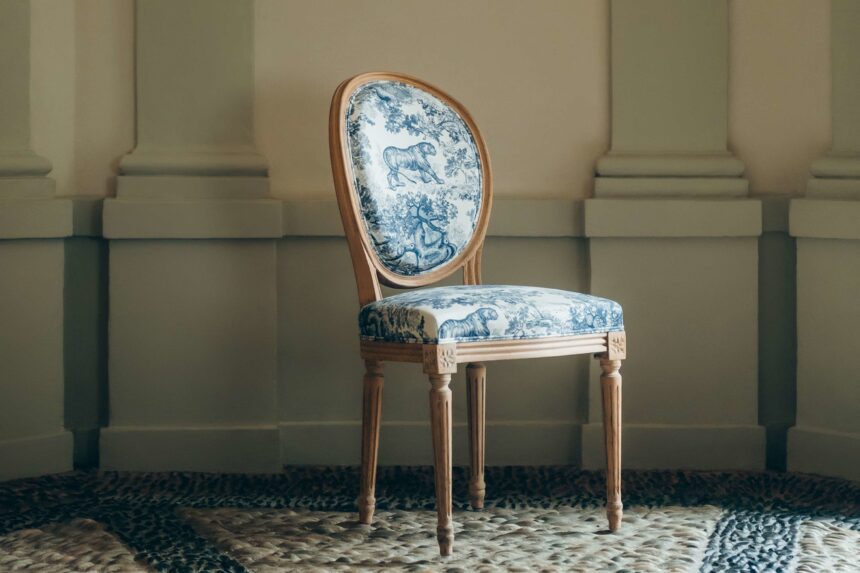


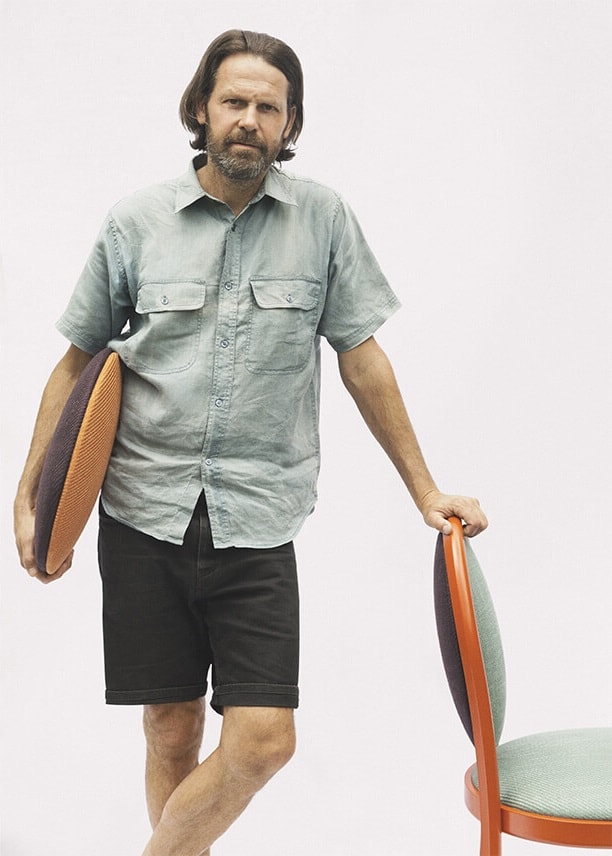
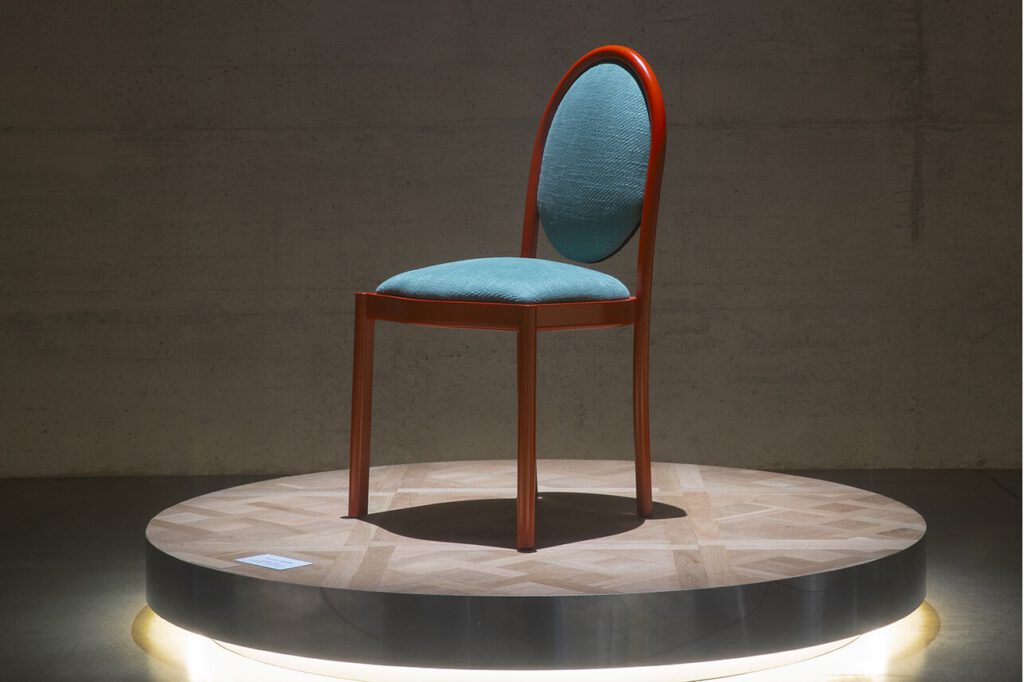
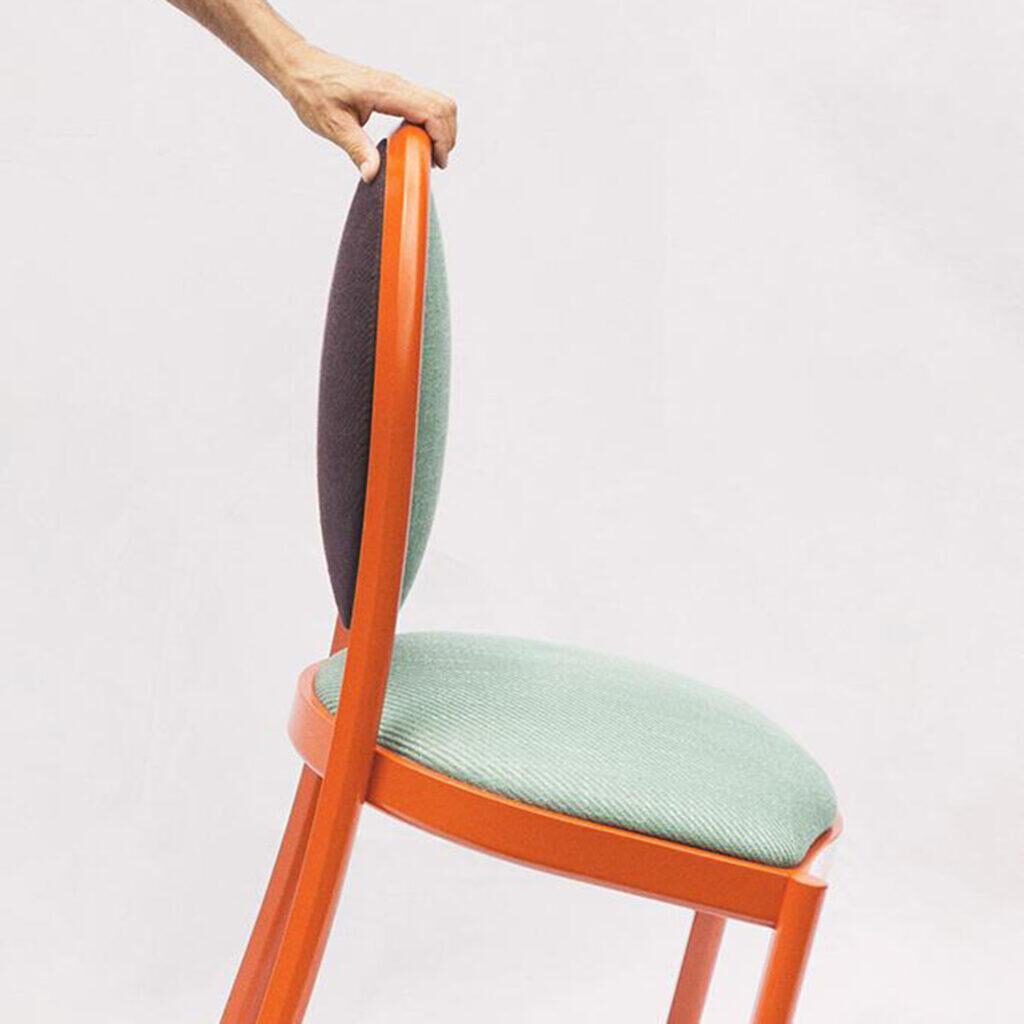
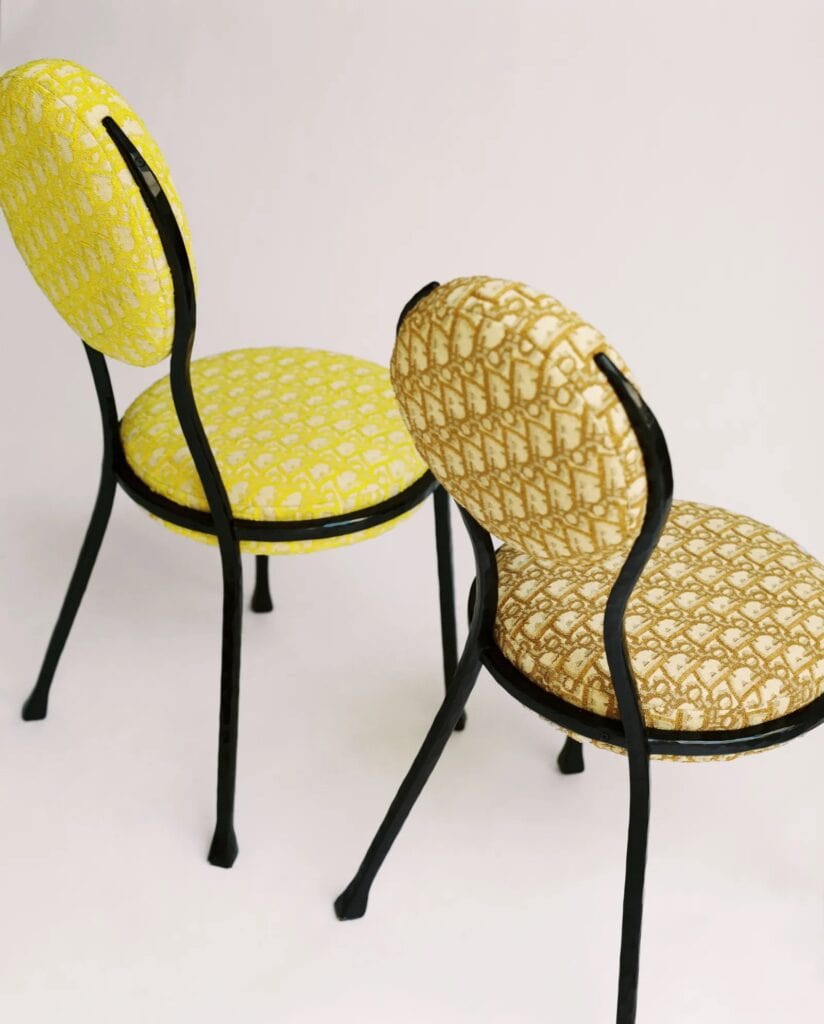
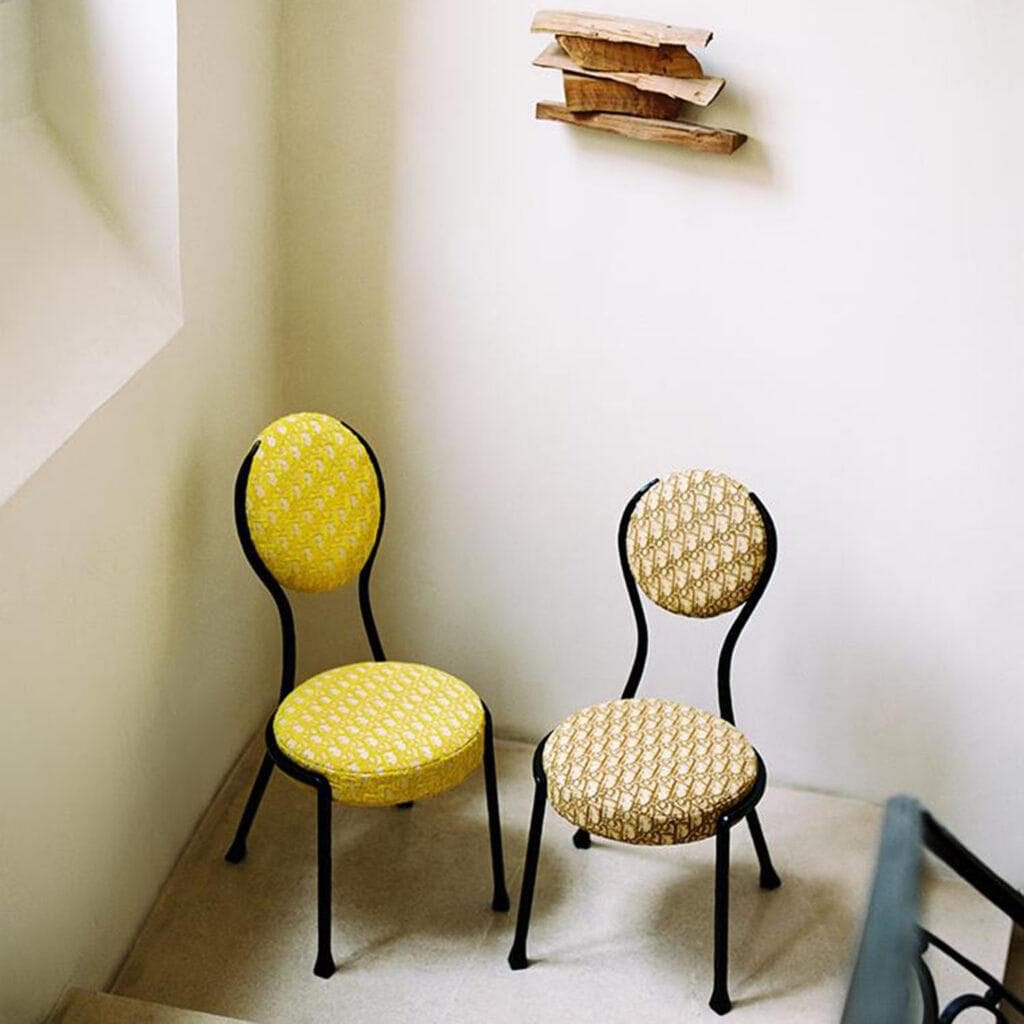
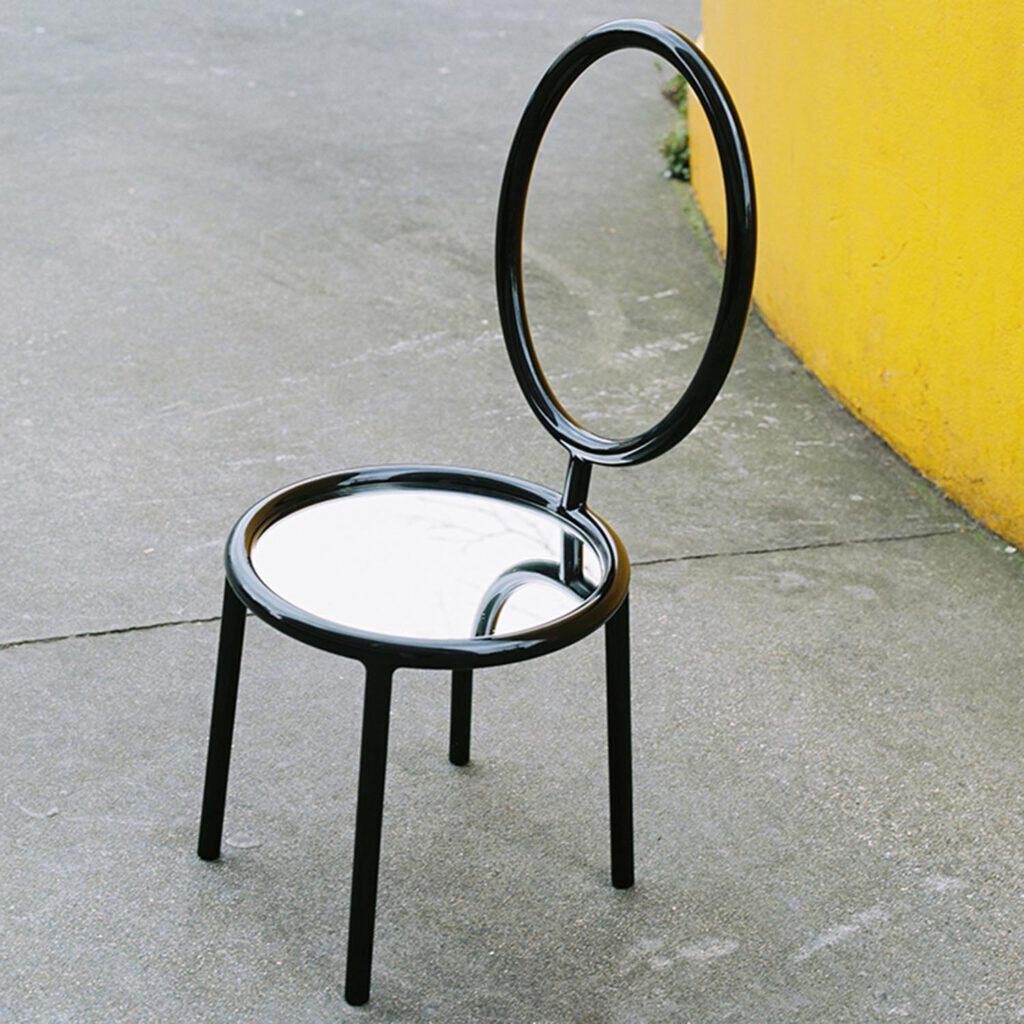
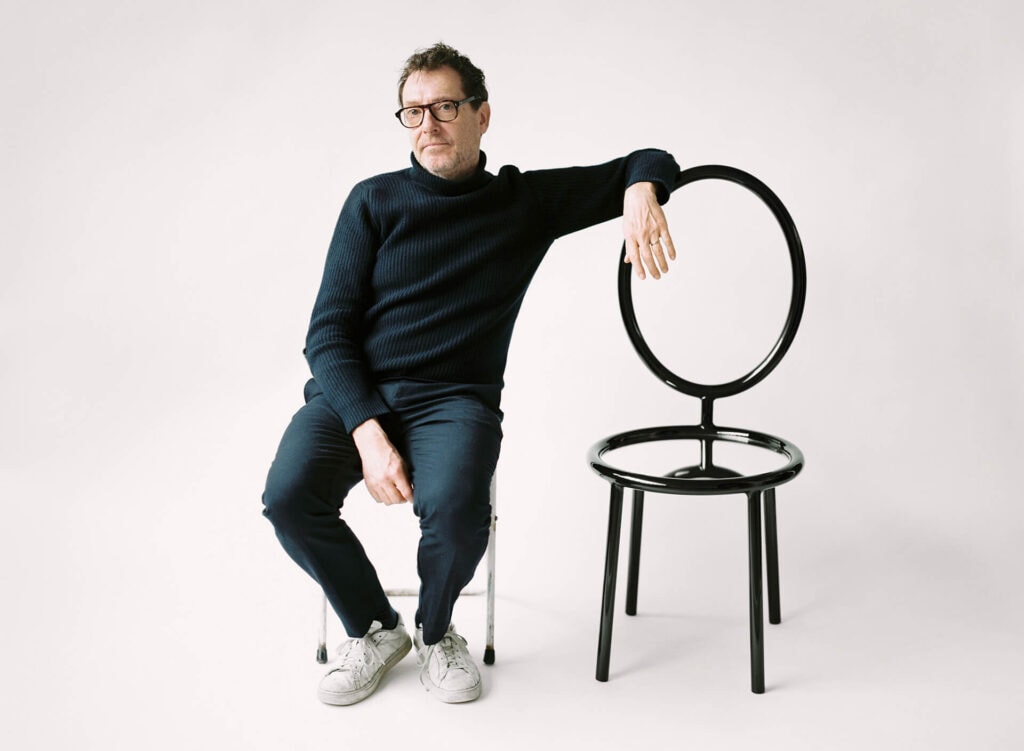
iThere are no comments
Add yours